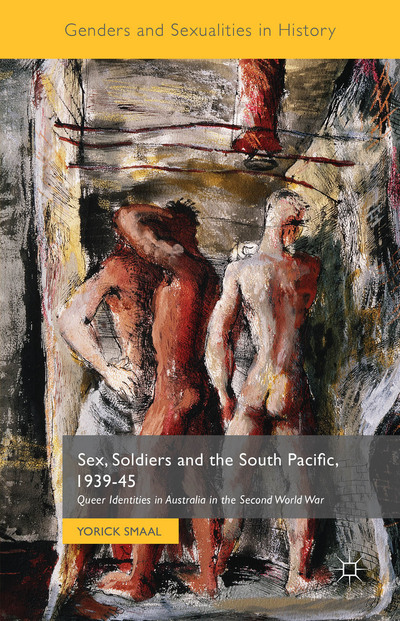Next weekend (8-9 October) is Open House, Brisbane, when a wide variety of buildings are thrown open to the public.

The idea began in England, where there has been an Open House London since 1992, but in the last few years the idea has spread more widely. Melbourne has been involved since 2008, and in all other capitals as well – Brisbane, Sydney, Hobart, Adelaide and Perth now have open days as well. Nothing yet in Darwin, by the look of it, and I haven’t checked out our regional cities.
The aim is to open up interesting buildings that are not normally accessible to the general public. Private institutions such as clubs and societies, government offices, commercial buildings that are old, or beautiful, or interesting – or all three – are open for us, the curious public, to have an annual snoop around.
I was lucky enough to be in London one year, quite accidentally, on its Open House weekend. With more preparation and more stamina, I might have seen more, but as it was, I spent a happy hour or so pottering around Marlborough House. The building is now the Commonwealth Secretariat, and usually closed to visitors.
Marlborough House was built as a town house for John and Sarah Churchill, first Duke and Duchess of Marlborough, and is just the sort of pied-à-terre you might expect from a couple whose idea of a country shack was Blenheim Palace. Marlborough House wallows in stucco ornamentation, gilded cornices and chandeliers. Sarah Churchill first hired Sir Christopher Wren – as you do – but sacked him, presumably for not being sufficiently over the top. John Churchill may have beaten Louis XIV’s armies on the field, but Louis got his own back architecturally. Along the rear of the building is a long gallery which was clearly influenced by Versailles’s gallerie des glaces.
This room is now the main conference room, and it is almost entirely filled with an enormous table, large enough so that every member of the British Commonwealth can sit down together in a round table discussion. Except that the table is not round, but an extended oval. The seating is arranged alphabetically around the circumference, from A to Z, starting at the middle of one long side. This arrangement means that M for Malta can happily chat across the narrow axis to A for Antigua or Z for Zambia, but G for Guyana might have difficulty communicating with S for Singapore along the long axis.
When I was there about 15 years ago, relations between Australia and Malaysia were still tetchy* after years of very personal antagonism between Prime Ministers Paul Keating of Australia and Mahathir Mohamad of Malaysia, and visions of them glowering at each other across the table during heads of government meetings really made my day. So it was a bit of a disappointment to learn that Keating and Mahathir never met there, and the seating is laid out as it was at a much earlier Commonwealth Heads of Government meeting in 1969.
As the role of the Commonwealth inevitably declines, no doubt eventually Marlborough House will be recycled once again. Goodness knows what they’ll do with that table. They will need to break it up to get it out the door, but I suppose that’s how they got it in there in the first place.
Meanwhile, Brisbane’s Open House day offers some interesting possibilities, though there will be fewer nymphs, and less stucco generally. Tattersall’s Club has a splendid Daphne Mayo frieze, the Masonic Memorial Temple has terrific black and white marble decorations, and the former Treasury Building, now the Treasury Heritage Hotel, includes a tour of the office of the Minister for Lands.
It should be a good weekend.
*They are again, thanks to the Hooray Henrys at the Formula 1 race the other day.
Apologies – this is an update of my post from 2013. Three years ago I was complaining that neither Sydney nor Hobart had Open House days – now they do 🙂
On the other hand, the Irish Club, which I urged people to visit 3 years ago, has since closed 😦
For another, architectural, perspective on the Open House phenomenon, this article by Susan Holden in The Conversation is worth reading.











